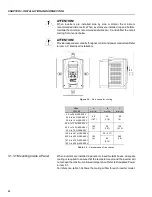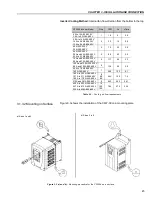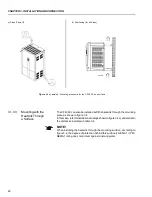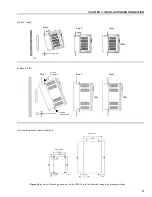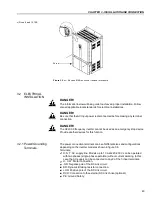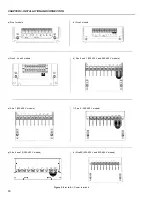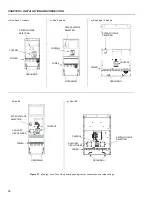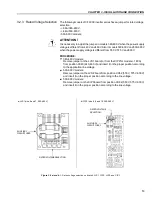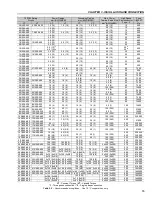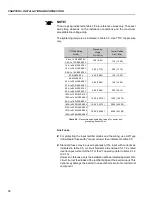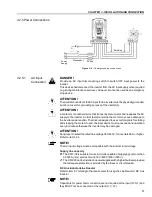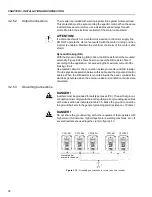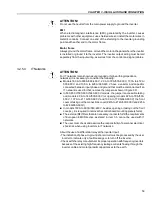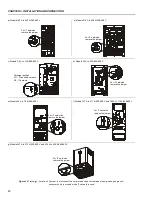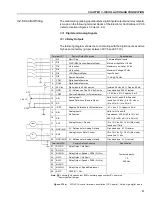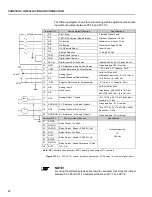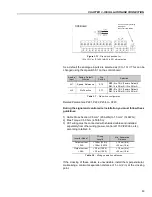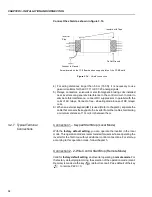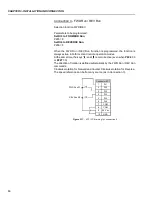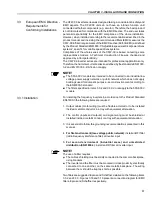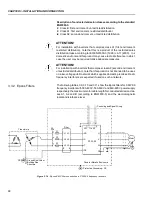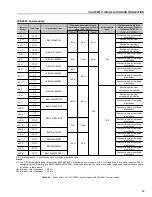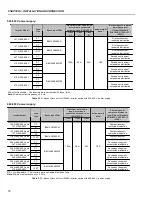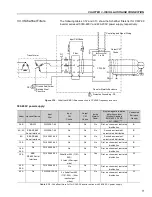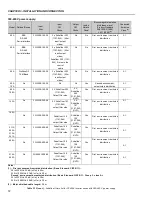
58
CHAPTER 3 - INSTALLATION AND CONNECTION
The inverter is provided with electronic protection against motor overload.
This protection must be set according the specific motor. When the same
inverter drives several motors, use individual overload relays for each
motor. Maintain the electrical continuity of the motor cable shield.
ATTENTION!
If a disconnect switch or a contactor is inserted in the motor supply line,
DO NOT operate the disconnect switch with the motor running or when
inverter is enabled. Maintain the electrical continuity of the motor cable
shield.
Dynamic Braking (DB)
With the Dynamic Braking (DB) option, the DB resistor shall be mounted
externally. Figure 8.22 shows how to connect the DB resistor. Size it
according to the application, not exceeding the maximum current of the
braking circuit.
Use twisted cable for the connection between inverter and DB resistor.
Provide physical separation between this cable and the signal and control
cables. When the DB resistor is mounted inside the panel, consider the
watt loss generated when the enclosure size and ventilation required are
calculated.
DANGER!
Inverters must be grounded for safety purposes (PE). The earth or ground
connection must comply with the local regulations. For grounding use cables
with cross section as indicated in table 3.5. Make the ground connection
to a grounding bar or to the general grounding point (resistance
10 ohms).
DANGER!
Do not share the ground wiring with other equipment that operates with
high current (for instance, high voltage motors, welding machines, etc.). If
several inverters are used together, refer to figure 3.10.
3.2.5.3
Grounding Connections
Figure 3.10
- Grounding connections for more than one inverter
Grounding bar
Internal to the panel
CFW-09 1
CFW-09 2
CFW-09 N
CFW-09 2
CFW-09 1
3.2.5.2
Output Connections

